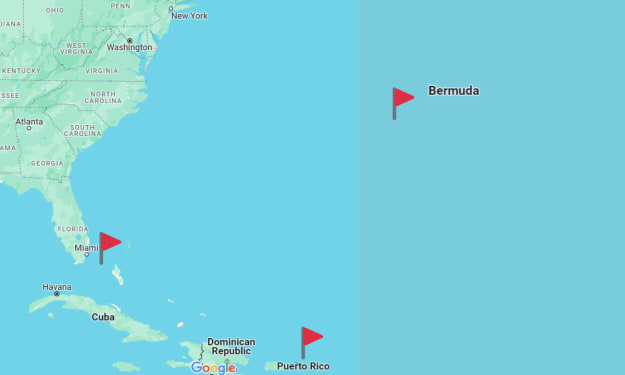Coral Bleaching: An Increasing Threat to Marine Ecosystems
Coral reefs are among the most diverse and productive ecosystems on the planet, providing habitat for thousands of species of plants and animals and playing a critical role in coastal protection, fishing, and tourism. Unfortunately, coral reefs are facing numerous threats, including one of the most serious issues: coral bleaching.

Coral reefs are some of the most diverse and important ecosystems on the planet, providing habitat for a wide range of marine species and playing a critical role in coastal protection and economic activities such as tourism and fishing. Unfortunately, coral reefs are facing numerous threats, including one of the most serious issues: coral bleaching.
Coral bleaching occurs when coral loses its color and becomes completely white. This is caused by the loss of symbiotic algae (zooxanthellae) that live within the coral tissue. These algae provide coral with energy through photosynthesis, and without them, the coral begins to starve and is more susceptible to disease.
So what causes coral bleaching? There are several factors that can contribute to this phenomenon, including:
- Elevated water temperatures: The main cause of coral bleaching is elevated water temperatures due to climate change. When water temperatures are higher than normal for prolonged periods of time, the algae within the coral tissue become stressed and release toxic chemicals. This triggers the coral to expel the algae, leading to coral bleaching.
- Pollution: Pollutants such as sewage and agricultural runoff can lead to an overgrowth of algae that can block light and interfere with the coral's ability to photosynthesize. This can lead to stress and eventual coral bleaching.
- Disease: Disease can spread rapidly in coral communities that have been weakened by bleaching events. This can further weaken the coral and increase the likelihood of bleaching.
- Ocean acidification: As the ocean absorbs more carbon dioxide from the atmosphere, its pH levels decrease, leading to ocean acidification. This can interfere with the ability of coral to build and maintain its skeletons, leading to a decline in coral health and increased likelihood of bleaching.
The impacts of coral bleaching are far-reaching and can have serious economic and ecological consequences. Some of the most significant impacts include:
- Loss of biodiversity: Coral reefs provide habitat for numerous species of fish and other marine organisms, and as these habitats decline, the entire ecosystem is impacted. As coral dies, so too do the species that depend on it, leading to a decline in biodiversity.
- Economic impacts: The loss of coral reefs can have serious implications for coastal communities, as these ecosystems provide critical protection from storms and erosion. Additionally, the decline of coral reefs can have serious impacts on the fishing and tourism industries, as these industries rely on the health and productivity of these ecosystems.
- Increased vulnerability to disease: Coral that has been weakened by bleaching events is more susceptible to disease. This can further weaken the coral and increase the likelihood of bleaching, creating a vicious cycle that can be difficult to break.
- Long-term consequences: The impacts of coral bleaching can persist for decades or even centuries, as it takes a long time for coral to recover from a bleaching event. In some cases, the coral may never fully recover, leading to a permanent loss of biodiversity and habitat.
Coral bleaching is a growing threat to the health and survival of coral reefs and the numerous species that depend on these habitats. The impacts of coral bleaching are far-reaching and can have serious economic and ecological consequences, and it is critical that we take action to reduce its impacts and in order to ensure the survival of coral reefs and the species that depend on these habitats, it is critical that we take action to address the threat of coral bleaching. Whether through reducing greenhouse gas emissions, improving water quality, or increasing research and monitoring, there are numerous steps that can be taken to help protect these valuable and important ecosystems protect these valuable and important ecosystems.






Comments
There are no comments for this story
Be the first to respond and start the conversation.